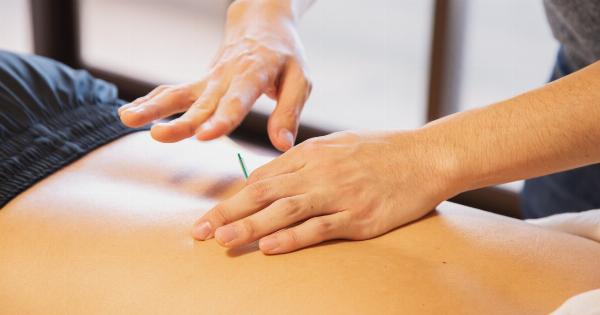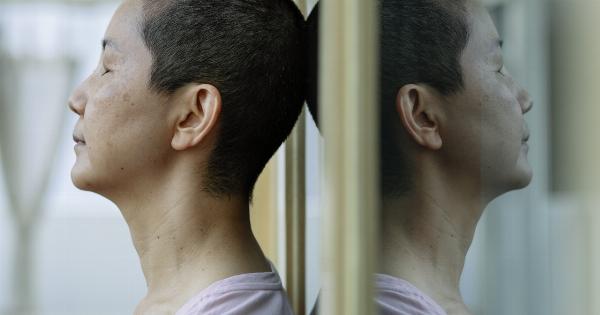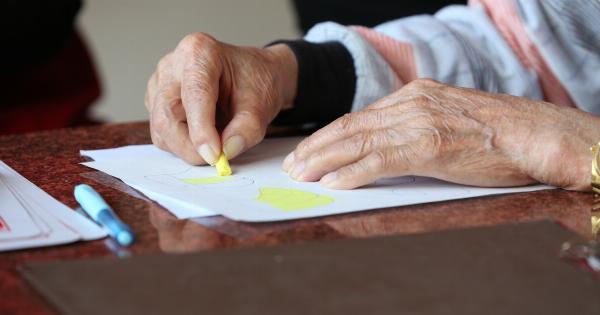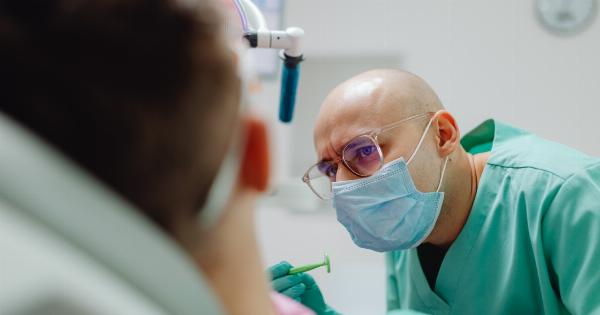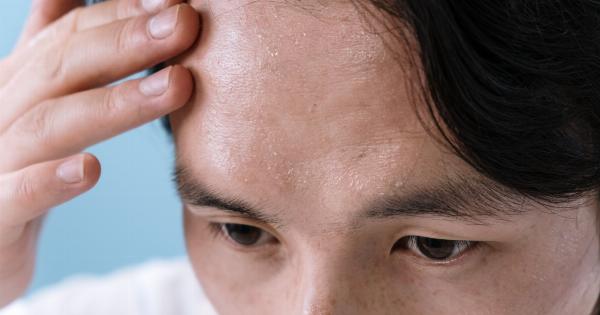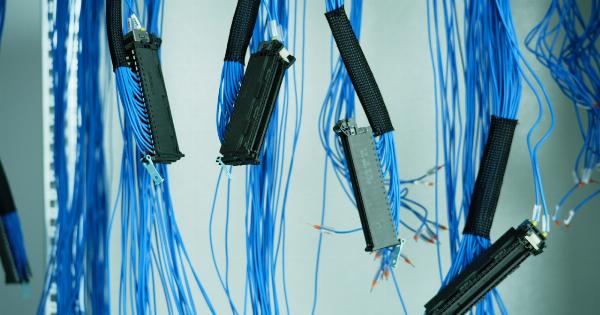Musculoskeletal diseases, which encompass a wide range of conditions affecting the muscles, bones, joints, and connective tissues, can significantly impact an individual’s quality of life.
These conditions often cause chronic pain, limited mobility, and physical disabilities. While pharmaceutical interventions are commonly used to manage symptoms, non-pharmaceutical alternatives like acupuncture have gained popularity in recent years.
Acupuncture, a traditional Chinese medicine practice, involves the insertion of thin needles into specific points on the body to stimulate healing and alleviate pain. This article explores the use of acupuncture as a non-pharmaceutical relief for musculoskeletal diseases.
Understanding Musculoskeletal Diseases
Musculoskeletal diseases refer to a diverse group of conditions that affect the musculoskeletal system, including bones, muscles, tendons, ligaments, and joints.
These diseases can be caused by various factors, such as trauma, overuse, genetic predisposition, or autoimmune disorders. Common examples of musculoskeletal diseases include osteoarthritis, rheumatoid arthritis, fibromyalgia, tendinitis, and bursitis.
Traditional Chinese Medicine and Acupuncture
Traditional Chinese Medicine (TCM) is a holistic approach to healthcare that has been practiced for thousands of years. It views the body as a whole and seeks to restore balance and harmony.
TCM emphasizes the concept of Qi (pronounced “chee”), which is the vital energy that flows through the body’s meridians or pathways.
Acupuncture is a key component of TCM and involves the insertion of fine needles into specific points along the body’s meridians. These acupuncture points are believed to correspond to different organs and systems in the body.
By stimulating these points, acupuncture aims to restore the flow of Qi and promote healing.
The Mechanism of Acupuncture
While the exact mechanism of acupuncture is still not fully understood, several theories have been proposed to explain its therapeutic effects.
One theory suggests that acupuncture stimulates the release of endorphins, which are natural pain-relieving substances produced by the body. This may help alleviate pain associated with musculoskeletal diseases.
Another theory suggests that acupuncture modulates the body’s neurohormonal pathways. It is believed to have an impact on neurotransmitters, such as serotonin, noradrenaline, and dopamine, which play a role in pain perception and mood regulation.
By affecting these pathways, acupuncture may help reduce pain and improve overall well-being.
Evidence for Acupuncture in Musculoskeletal Diseases
Over the years, numerous studies have investigated the efficacy of acupuncture in treating musculoskeletal diseases. While results may vary, many studies have shown promising outcomes.
Osteoarthritis
Osteoarthritis is a degenerative joint disease characterized by the breakdown of cartilage. It commonly affects weight-bearing joints such as the knees, hips, and spine.
Acupuncture has been studied as a complementary therapy for osteoarthritis, and research suggests that it can help reduce pain, improve joint function, and enhance quality of life for individuals with this condition.
Rheumatoid Arthritis
Rheumatoid arthritis is an autoimmune disease that causes chronic inflammation of the joints. Acupuncture may help alleviate pain and stiffness associated with rheumatoid arthritis.
Some studies suggest that acupuncture may also have immune-modulating effects, potentially reducing inflammation and slowing the progression of the disease.
Fibromyalgia
Fibromyalgia is a chronic condition characterized by widespread pain, fatigue, and tender points throughout the body. Acupuncture has shown promise in reducing pain and improving sleep quality for individuals with fibromyalgia.
It may also have a positive impact on mood and overall well-being.
Tendinitis and Bursitis
Tendinitis and bursitis are conditions characterized by inflammation of tendons and bursae, respectively. Acupuncture may be beneficial in managing pain and reducing inflammation associated with these conditions.
It can also help improve range of motion and promote healing of damaged tissues.
Potential Benefits of Acupuncture in Musculoskeletal Diseases
In addition to pain relief, acupuncture may offer several other benefits for individuals with musculoskeletal diseases:.
1. Improved Function
Acupuncture may help improve joint function, reduce stiffness, and enhance mobility in individuals with musculoskeletal diseases. This can significantly enhance their ability to perform daily activities and maintain independence.
2. Reduced Dependence on Medications
By providing effective pain relief, acupuncture may reduce the need for conventional pain medications, such as nonsteroidal anti-inflammatory drugs (NSAIDs) or opioids.
This can be particularly beneficial for individuals who are unable to tolerate or prefer to avoid pharmaceutical interventions due to side effects or other concerns.
3. Minimal Side Effects
Compared to pharmaceutical interventions, acupuncture is generally considered safe and well-tolerated when performed by a trained practitioner.
It has minimal side effects and is a non-invasive procedure, making it an attractive option for individuals with musculoskeletal diseases.
4. Whole-body Approach
Acupuncture is rooted in the principles of TCM, which takes a holistic approach to healthcare.
By addressing not only the physical symptoms but also the underlying imbalances in the body, acupuncture aims to promote overall well-being and improve the body’s ability to heal itself.
Conclusion
Acupuncture has emerged as a promising non-pharmaceutical relief for musculoskeletal diseases.
It offers a holistic approach to pain management and symptom relief, with potential benefits in various conditions such as osteoarthritis, rheumatoid arthritis, fibromyalgia, tendinitis, and bursitis. By stimulating the body’s natural healing mechanisms, acupuncture can help alleviate pain, improve joint function, and enhance overall well-being.
If you are considering acupuncture as a treatment option, it is essential to consult with a qualified acupuncturist to ensure safe and effective care.

